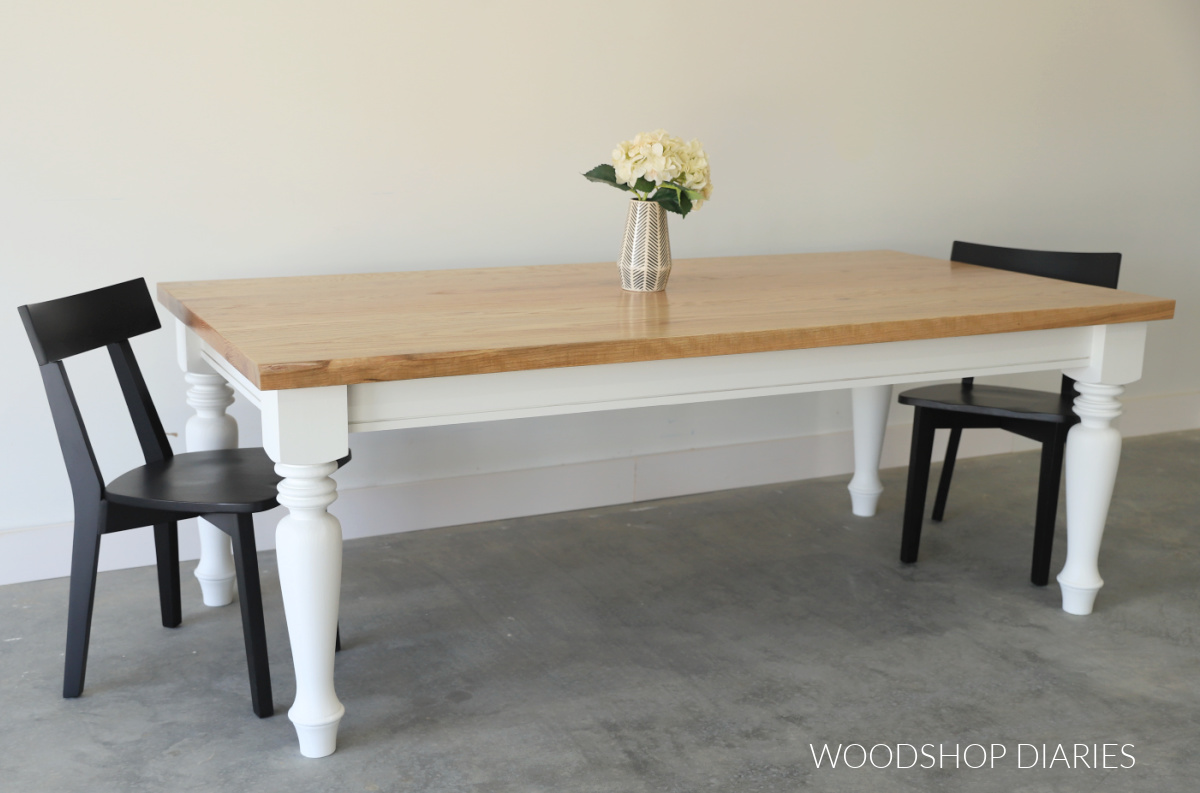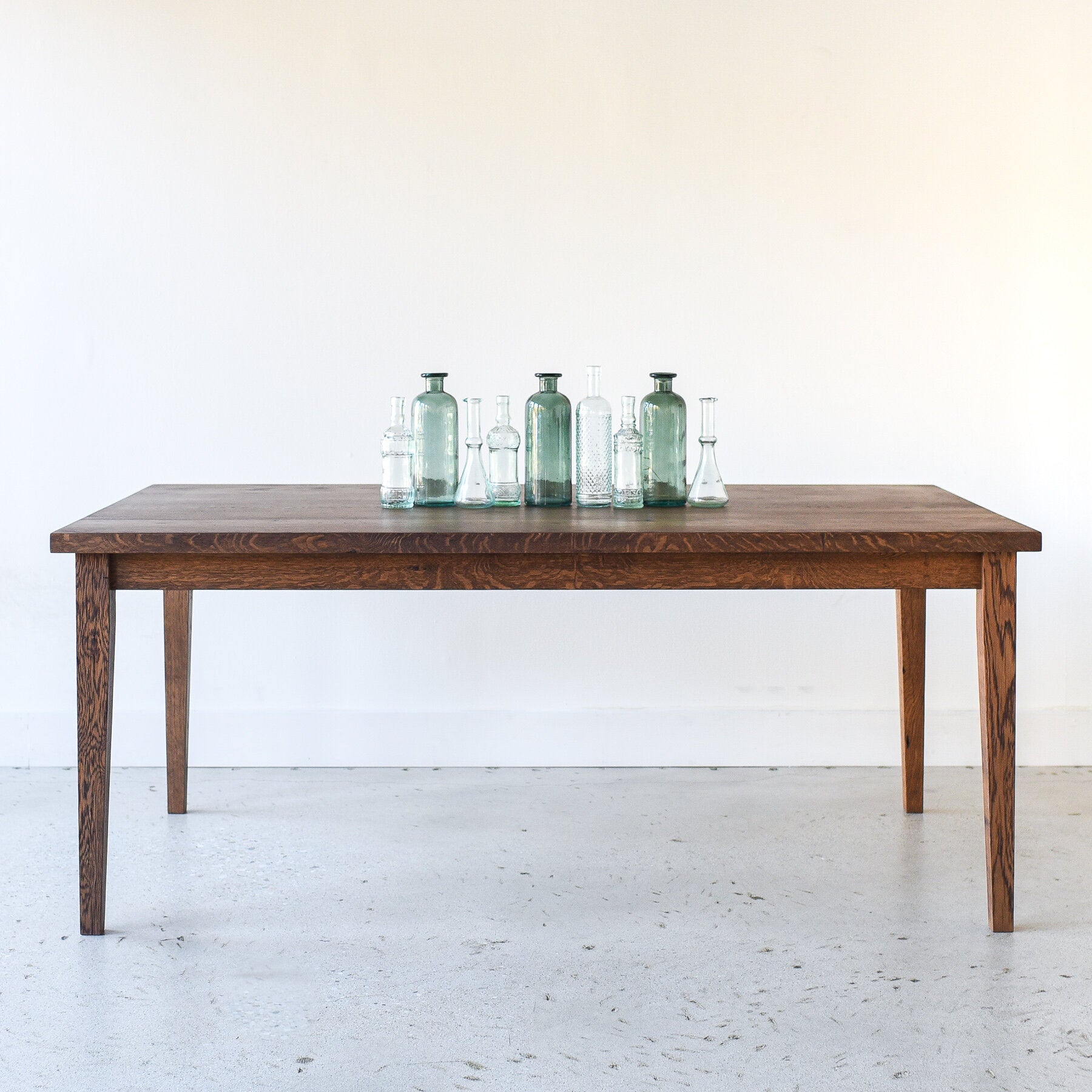Update Your Table's Appearance with Attractive Dining Table Legs Wood Designs
Update Your Table's Appearance with Attractive Dining Table Legs Wood Designs
Blog Article
Crucial Factors To Consider for Selecting the Right Dining Table Legs Timber
Selecting the suitable wood for eating table legs entails a nuanced understanding of numerous factors that affect both capability and visual allure. The option of timber type, varying from robust woods to extra fragile softwoods, plays a pivotal function in guaranteeing toughness and security. Each of these elements can substantially impact the overall experience of your dining room.
Value of Timber Type

Hardwoods, such as maple, oak, and walnut, are commonly favored for their toughness and resistance to wear. These sorts of wood supply a robust structure that can endure everyday usage, making them optimal for dining tables that experience regular celebrations. In contrast, softer timbers like yearn may be extra at risk to scratches and dents, which might not be suitable for high-traffic locations.
Furthermore, the option of wood can also influence the ease of maintenance. Some timbers require regular oiling or securing to preserve their appearance, while others might be extra flexible. Eventually, selecting the appropriate wood type includes stabilizing aesthetic considerations with functional demands, making sure that the table legs not only look appealing however additionally stand the test of time.
Examining Stability and Strength
When examining dining table legs, one should take into consideration the stability and stamina they supply to the general structure. The legs are important in supporting the table top and guaranteeing the dining experience is delightful and safe. A secure table is important for avoiding tipping or tottering, which can bring about spills or crashes throughout meals.
The choice of timber type significantly impacts strength. Hardwoods such as walnut, maple, and oak are typically extra durable and durable than softwoods like want or fir. Furthermore, the density and design of the legs play a vital duty; thicker legs or those with a tapered layout can use far better support and stability.

Visual Factors To Consider
While functionality is extremely important, the visual appeal of table legs can not be neglected, as they dramatically influence the general design and atmosphere of the eating area. The option of wood, finish, and layout can detract or boost from the table's aesthetic influence.

Coatings additionally play a crucial duty click here for more info in looks. A natural finish can highlight the timber's inherent elegance, while repainted or stained legs can introduce shade and individuality into the area. In addition, the proportion and range of the legs about the table top and surrounding furnishings must be taken into consideration to make certain aesthetic equilibrium and cohesion.
Inevitably, the table legs should not only serve a practical purpose however additionally add to a natural and welcoming atmosphere, making them a crucial factor to consider in the overall layout of the eating area.
Maintenance Needs
To guarantee durability and maintain the appeal of wood table legs, routine maintenance is necessary (Dining Table Legs Wood). Timber is a natural material that can be vulnerable to damage from moisture, heat, and put on. Therefore, developing a regular treatment plan will considerably enhance the resilience of your table legs.
Begin with routine dusting using a soft, lint-free towel to eliminate dirt and debris that can damage the surface. For more thorough cleansing, utilize a mild soap remedy and damp fabric, preventing excess moisture that can leak my review here into the timber. It is recommended to use a high-grade timber polish or conditioner every couple of months to nourish the timber and preserve its luster.
In addition, think about the environment where the table is put. Avoid straight sunlight, as it can create fading, and utilize placemats or coasters to protect the surface area from heat and wetness. Address any kind of scratches or damages without delay with proper wood filler or touch-up pens to avoid additional damage. By adhering to these upkeep requirements, you will certainly not only protect the visual appeal of your wood eating table legs however additionally extend their practical lifespan.
Budget and Cost Factors
Budget plan and expense elements frequently play a crucial function in the decision-making process for choosing wood table legs. When assessing options, it check out here is necessary to develop a clear budget plan that aligns with your overall furnishings financial investment. The expense of wood table legs can vary significantly based on the sort of workmanship, layout, and wood intricacy.
Woods such as oak, walnut, and cherry normally command greater prices because of their sturdiness and visual charm. On the other hand, softer timbers like pine might be more economical yet might not supply the same longevity. Additionally, customized or artisan-crafted legs can sustain extra costs, mirroring the skill and time invested in their creation.
It is likewise crucial to think about the possible long-term worth of your financial investment. While going with lower-cost products could appear financially sensible at first, they may need more constant substitute or repairs, ultimately boosting overall expense.
Consequently, stabilizing quality and expense is necessary. Focus on products that fulfill your aesthetic choices while ensuring they fit easily within your budget, permitting you to develop a dining location that is both aesthetically enticing and useful.
Final Thought
In conclusion, choosing the suitable wood for dining table legs requires cautious consideration of different aspects, consisting of wood type, stability, aesthetic appeals, upkeep, and budget plan. Eventually, a knowledgeable decision will certainly improve the long life and aesthetic charm of the dining table, ensuring satisfaction and performance for years to come.
Selecting the best kind of wood for dining table legs is important for both visual charm and architectural honesty. Inevitably, choosing the proper wood type entails stabilizing aesthetic considerations with practical needs, guaranteeing that the eating table legs not just look attractive however also stand the examination of time.
It is suggested to apply a top notch wood gloss or conditioner every couple of months to nurture the timber and preserve its appeal.
The expense of wood dining table legs can differ significantly based on the type of craftsmanship, layout, and timber intricacy.
In conclusion, selecting the suitable wood for dining table legs demands cautious factor to consider of different factors, including wood type, security, looks, upkeep, and budget.
Report this page